A Q&A with Penn State chemists describes how two proteins work together turn on and off the gene that codes for insulin.
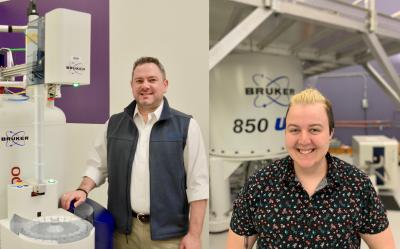
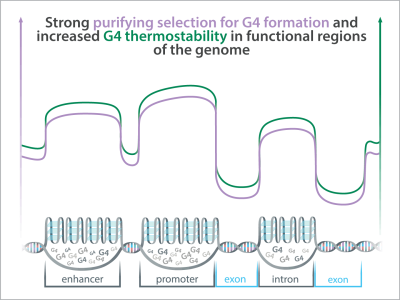
Regions of human genome that form G4 structures are more common, more stable, and show signs of natural selection

For the first time, a research team including Penn State astronomers have detected a collision between a black hole and a neutron star.
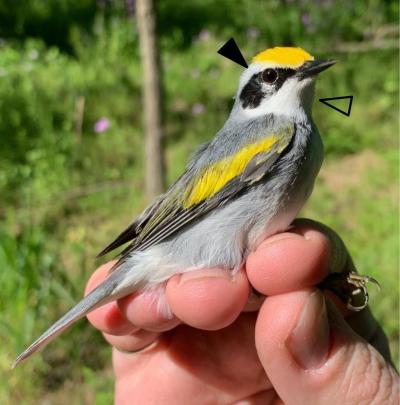
A rare warbler hybrid with mismatched color traits allowed Penn State biologists to disentangle the genetic drivers behind these traits.
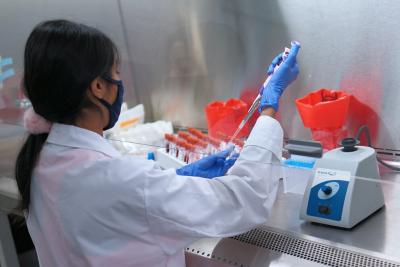
The Penn State Data 4 Action Project reveals insights into behavior and the COVID-19 pandemic in Centre County.
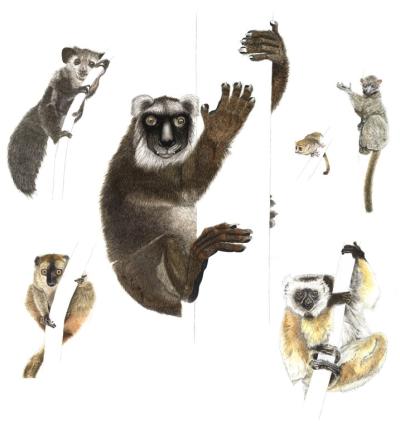
Using a preserved subfossil jawbone, a Penn State biologist has sequenced the genome of an extinct species of giant lemur.
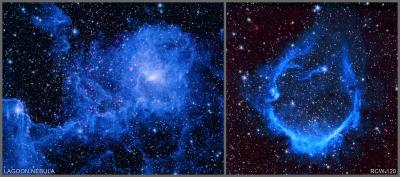
Largest survey of star-forming regions using NASA's Chandra X-ray Observatory clarifies the relationships between star flares and planets
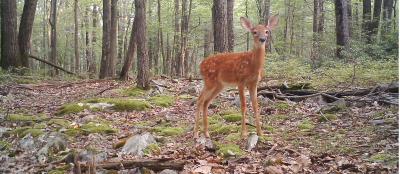
The first national mammal survey will enable studies about wild animal populations and conservation strategies of threatened species.
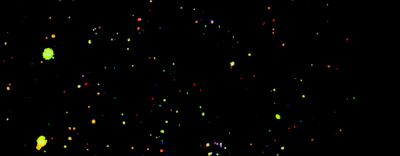
Penn State astronomers lead X-ray survey mapping supermassive black holes using the ESA’s XMM-Newton space observatory
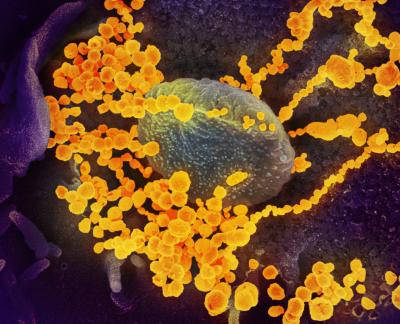
The experimental drug TEMPOL may be a promising antiviral treatment for COVID-19, according to a new study including Penn State researchers